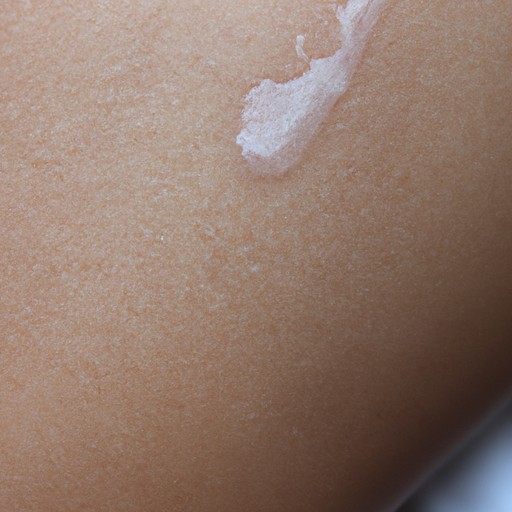As a dermatologist, I’ve encountered countless patients who struggle with oily skin. It’s a common issue that can lead to acne, blackheads, and a shiny complexion. But there’s good news: oily skin can be managed effectively with the right strategies. Today, I’ll be unmasking radiance by revealing dermatologists’ secret strategies for taming oily skin.
Firstly, let’s understand the root cause of oily skin. Our skin naturally produces oil (sebum) to keep itself moisturized and healthy. However, when the sebaceous glands produce excess oil, it leads to an oily complexion. This overproduction can be triggered by various factors such as genetics, hormonal changes, stress, and environmental conditions.
The first secret strategy is choosing the right skincare products. Not all skincare products are created equal, especially when it comes to managing oily skin. Look for products labeled “non-comedogenic” or “oil-free”. These products are specifically designed not to clog pores, reducing the risk of acne and blackheads.
Cleansing is a crucial step in any skincare routine, but it’s particularly important for those with oily skin. However, over-cleansing can strip the skin of its natural oils, causing it to produce even more oil to compensate. The key is to cleanse gently and effectively. Use a mild, water-soluble cleanser twice a day – once in the morning and once at night.
Exfoliating is another secret weapon in the fight against oily skin. Exfoliation helps remove dead skin cells that can clog pores and increase oil production. However, like cleansing, it’s important not to overdo it. Over-exfoliation can irritate the skin and trigger more oil production. Aim to exfoliate once or twice a week with a gentle, chemical exfoliant.
While it may seem counterintuitive, moisturizing is essential for oily skin. Many people with oily skin skip this step, fearing it will make their skin even oilier. However, when the skin is dehydrated, it can actually produce more oil to compensate. Look for a lightweight, oil-free moisturizer to keep your skin hydrated without adding extra oil.
Another secret strategy is to incorporate a clay mask into your skincare routine. Clay masks are excellent for oily skin as they help absorb excess oil and unclog pores. Aim to use a clay mask once or twice a week for best results.
Diet also plays a crucial role in managing oily skin. Foods high in sugar and fats can stimulate oil production, so try to limit your intake of these foods. Instead, focus on consuming a balanced diet rich in fruits, vegetables, lean proteins, and whole grains.
Lastly, don’t forget about the importance of regular check-ups with your dermatologist. Oily skin can sometimes be a symptom of an underlying health issue, such as hormonal imbalances. Regular check-ups can help identify any potential issues early and ensure that your skincare routine is effectively managing your oily skin.
In conclusion, while dealing with oily skin can be frustrating, it’s certainly not insurmountable. With the right skincare products and routine, a balanced diet, and regular check-ups with your dermatologist, you can effectively manage your oily skin and reveal a radiant, healthy complexion. Remember, every skin type has its own unique challenges and advantages. Embrace your skin type and take care of it the best way you can. After all, healthy skin is always in.



